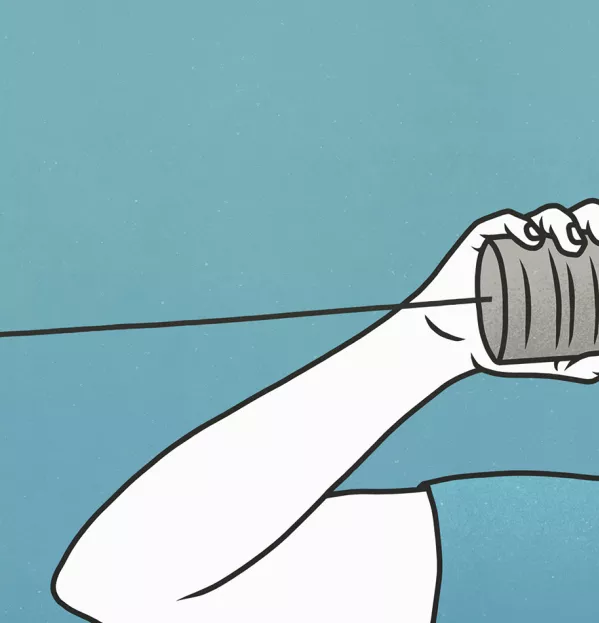- Home
- Teaching & Learning
- General
- ‘Copying other countries’ teaching methods won’t work’
‘Copying other countries’ teaching methods won’t work’

For education policymakers, it must be so tempting to constantly turn your gaze to education systems in other countries, especially those that seem to do better in international league tables. Unfortunately, it often isn’t easy to determine exactly what influences performance in international comparisons.
For example, Singapore has been a popular country to look at in my field (mathematics education), given its consistently high rankings in Pisa (the Programme for International Student Assessment) and Timss (Trends in International Mathematics and Science Study).
There is wide-ranging support for teaching methods used in Singapore, such as the “bar model” and the “concrete-pictorial-abstract” (CPA) approach, both of which involve using concrete and pictorial representations of abstract mathematical ideas.
Especially when just setting out to learn abstract concepts, these approaches have been shown to support learning.
But can we attribute Singapore’s success in international comparisons to these methods? It’s worth noting that concrete and pictorial approaches do not originate in Singapore but were adopted as a result of a concerted effort by that nation to collect best practices from across the world.
The CPA approach is very much influenced by the work of US psychologist Jerome Bruner (yes, the same Jerome Bruner routinely dismissed by those who know his name only from terms such as “constructivism” and “discovery learning”). Bruner’s theory of instruction placed importance on sequencing and the role of representations, which have since formed the basis of the CPA approach.
My point is that these approaches did not arrive in Singapore fully formed. So, we must bear that in mind when we are considering adopting them wholesale.
We also need to consider contemporary insights. For example, a systematic review by Fyfe and colleagues (2014) argues that it is beneficial to take an approach in maths and science that moves beyond the dichotomy of concrete and abstract materials. They recommend beginning with concrete materials and then, explicitly and gradually, moving to the more abstract.
According to the researchers, this has several benefits. It helps learners interpret ambiguous or unclear abstract symbols in terms of concrete objects, making those symbols easier to understand. This enables learners to build a store of memorable images that can be used when abstract symbols lose meaning.
What does all this tell us? It shows us that something that is touted by many as a novel idea, that is the key to success in international league tables, may, in fact, have its roots in other countries, our predecessors and in contemporary research.
It also shows us the degree to which ideas can become distorted over time. Reading the original texts can sometimes be illuminating here and can remind us of the need for flexibility when it comes to adopting ideas that seem to work in other contexts. With the CPA approach, this could simply mean that we don’t insist that those pupils who already know how to do abstract mathematics continue to use all representations, even if that is what happens elsewhere.
Ultimately, these tools are meant to help students become more proficient in mathematics. If we are too rigid in our adoption of them, we risk undermining our use of them. Rather than trying to copy exactly what works in other countries, we need to consider the nuances of those methods and aim to adapt them to fit our own contexts.
Christian Bokhove is associate professor in mathematics education at the University of Southampton
This article originally appeared in the 9 April 2021 issue under the headline “Lost in translation”
Register with Tes and you can read two free articles every month plus you'll have access to our range of award-winning newsletters.
Keep reading with our special offer!
You’ve reached your limit of free articles this month.
- Unlimited access to all Tes magazine content
- Save your favourite articles and gift them to your colleagues
- Exclusive subscriber-only stories
- Over 200,000 archived articles
- Unlimited access to all Tes magazine content
- Save your favourite articles and gift them to your colleagues
- Exclusive subscriber-only stories
- Over 200,000 archived articles
topics in this article



